A Japan Guide…sort of.
written on September 21st, 2017 by Carlo Villarica
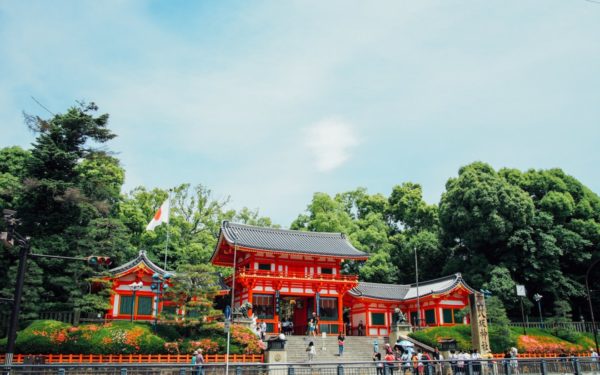
*This article was originally posted in zerothreetwo.com.
There are two ways to travel.
One way is slow and introspective. This means spending a good amount of time in one place. Walking the same blocks over and over again, having time to sit in the coffee shop down the street and getting a good feel for the place.
The other way is the frenzied seeing and going version of traveling. You rush to a spot, take a picture, look around, then head on over to the next spot. You hear phrases like, “You’ve got one hour to look around then we meet back here in this Starbucks. Go!” You see much more in a short amount of time,but the absorption isn’t there.
This Japan trip was the latter. In its own hectic way, it was fun. We went to a bunch of places and saw all sorts of things, but my recollection of the whole experience are best relegated to the 500+ photos I took. This post in Japan will reflect that. Expect a hodgepodge of snippets and peeks into Japan. Don’t expect detailed breakdowns on how to get to certain places and fees.
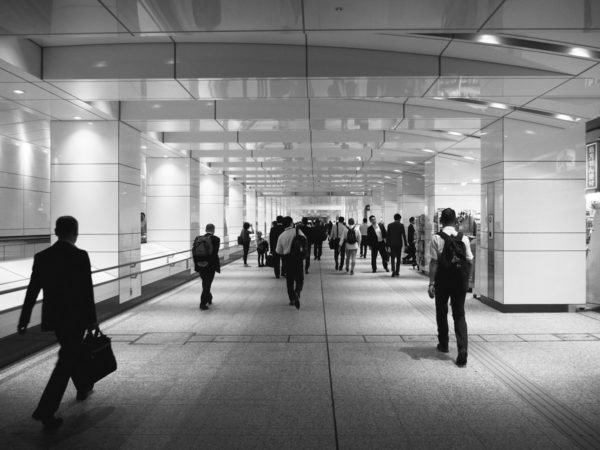
It’s So Different
In many ways, Japan is the exact opposite of the Philippines. You could say we occupy opposite points in a spectrum. Here’s a quick example, we as Filipinos are generally flexible when it comes to rules. You could even say we are “too” flexible. The Japanese follow rules to the tee.
In one of the hotels, we were given two single beds, we requested to have the beds put together to make one big bed. We were surprised to find that this was not possible as per hotel regulations. In the Philippines, many hotels would literally bend over backwards to any requests to make your stay as accommodating as possible.
This strict adherence to the rules makes for an incredibly safe environment. In all the time we spent in Japan, we only saw a security guard once. We didn’t see any in the train stations, the streets or any of the establishments. The shops in the malls didn’t even use metal drop down doors to close their shops. They simply covered the entrance with a piece of cloth and rope. On the first day, the guide literally said, “You don’t have to worry about anyone stealing your things. It is very safe in Japan.” Not many people can say that with a straight face and confidently back it up.
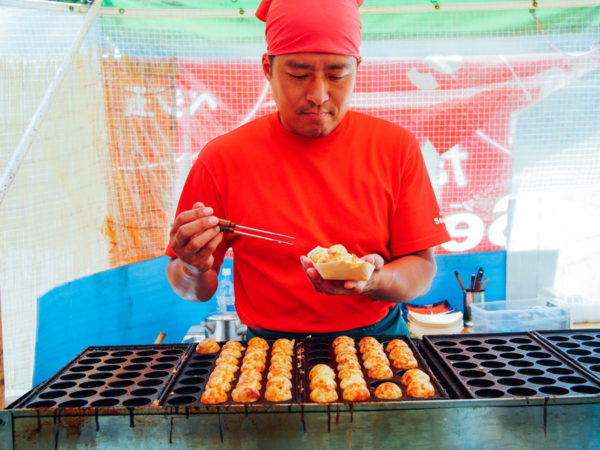
Itadakimasu
Eating in Japan can be a totally different experience. In general, the food is incredibly good. I won’t go into detail about the different types of food, except that you should try the Takoyaki in Osaka (HOMG) and, we confirmed it, Unagi is definitely an eel.
In the Philippines, eating is generally regarded as a group activity. From the finest restaurants to the humble carenderia, almost all eateries feature tables good for at least four people. In Japan, there are places like this, but they tend to be priced higher compared to more casual places. Most of the restaurants are designed for solo eaters, usually on a bar with strangers beside you. This makes eating in big groups difficult. Many of the Japanese, especially in the working districts, eat solo.

All The Other Fun Weird Things
Don’t get me started on the toilets. Everyone gushes about the toilets in Japan. Push button bidets, warmed seats and automatic lids were just the stuff I could understand. Their system seemed like it could do so much more. My only complaint was not finding a toilet that could play Spotify. There’s a vending machine for everything. Let’s think about this for a second. The vending machine is the epitome of efficiency. No more waiting for the item to be made, no more lines, no looking for someone to serve you. Just push a button and like magic a bottle of sardines pops out. Seriously, there’s a vending machine for everything.
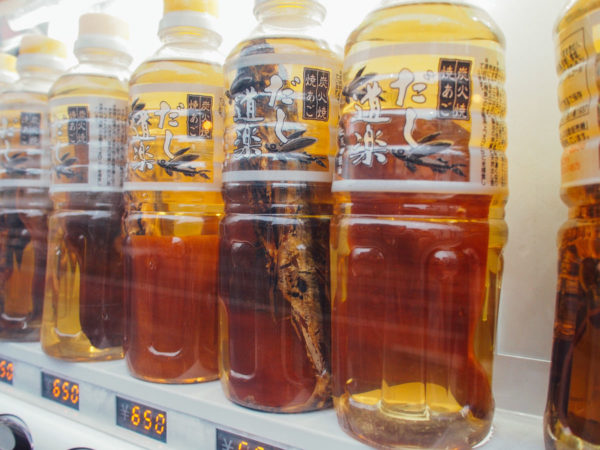
TOKYO
Tokyo is a city that houses 13 million residents. It’s one of the most populated cities in the world. If you walked around the streets and looked at their roads, you wouldn’t think many people lived there. Even during rush hour, it didn’t seem like many people were out and about. It should be noted, the public transportation in Japan is top notch. We stayed in the Shinjuko area, 3.5 million people pass through the train station every day. That’s 3.5 MILLION with a capital M. That’s a crazy number. That station isn’t even the most populated station in Japan. Imagine if we had that kind of volume in the Philippines.
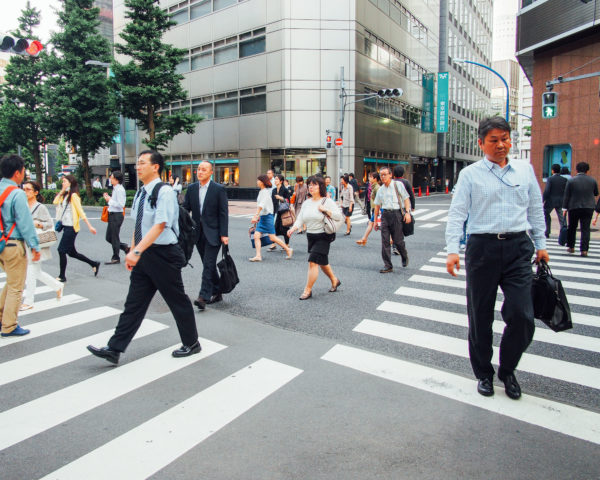
On our first day, we were walking around our area. It was 5pm and people started hitting the streets. A few blocks of walking later, I realized, we were the loudest bunch in the streets. There was hardly any talking, no one was shouting and no cars were beeping their horns. Just the low hurried hum of feet shuffling on the streets. For someone used to the noise of Philippine streets, this was a mildly shocking experience.
This changed as soon as we hit the Shibuya Crossing. The movies don’t lie. Not only were there tons of people, there were street musicians, tourists, a pre-nup photo shoot and even a couple making out in the corner. Throughout our whole Japan trip, this felt the most like being in a crowded city. It wasn’t even THAT crowded!
A visit to the Shibuya Crossing wouldn’t be complete without a quick photo with Hachikō. Every dog lover should know Hachikō’s story.
“In 1924, Hidesaburō Ueno, a professor in the agriculture department at the University of Tokyo, took Hachikō, a golden brown Akita, as a pet. During his owner’s life, Hachikō greeted him at the end of each day at the nearby Shibuya Station. The pair continued their daily routine until May 1925, when Professor Ueno did not return. The professor had suffered acerebral hemorrhage and died, never returning to the train station where Hachikō was waiting. Each day for the next nine years, nine months and fifteen days, Hachikō awaited Ueno’s return, appearing precisely when the train was due at the station.” (SOURCE: Wikipedia)
I first heard about this dog’s story after watching the wonderful movie called Hachi: A Dog’s Tale. Don’t watch the movie. It’s the most depressing thing I have ever seen. If you do, get ready to grab a few tissues to wipe away the tears.
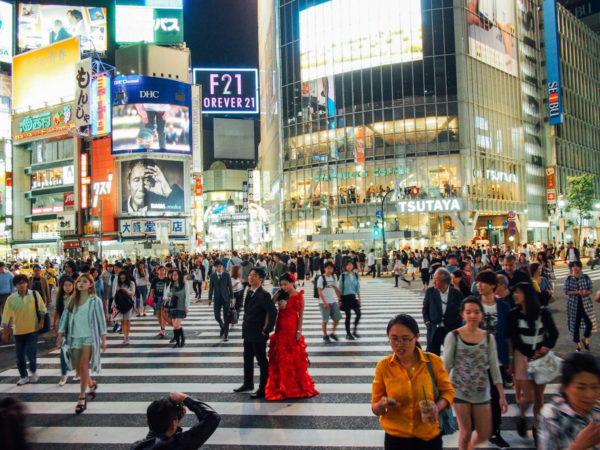
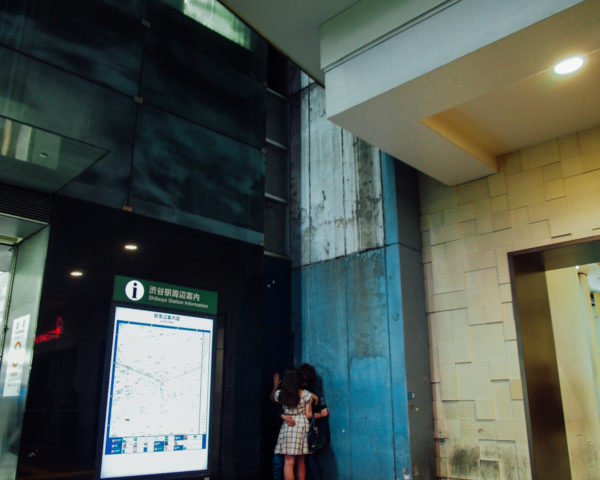
NAGASAKI
After Tokyo, we headed to Nagasaki. You might remember it from your history books. On August 9, 1945, the US dropped an Atom bomb on this city. You get a sense of just how affected Japan was by this harrowing experience. As with anything read from books or listened to third hand, it’s difficult to imagine just how devastating this tragedy was. A visit to the Atomic Bomb Museum is well worth it, especially for a glimpse of just how destructive human beings can be.
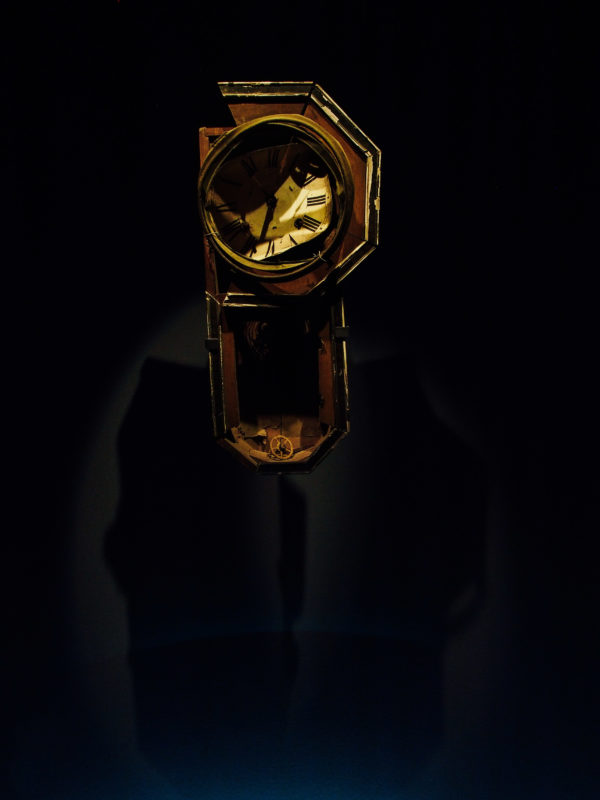
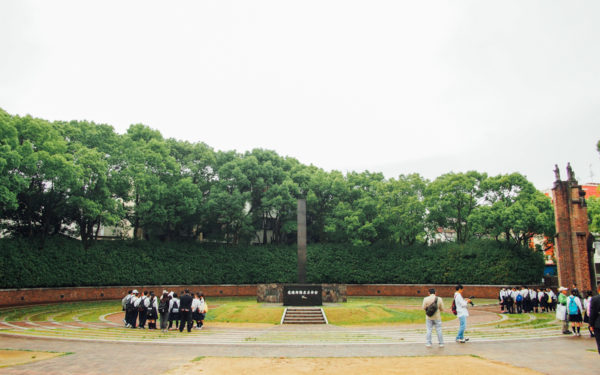
In memory of that tragic day, the Japanese built a black stone monolith to mark the hypocenter of the blast. “At 11:02am on August 9, 1945, an atomic bomb exploded 500 meters above this spot. The black stone monolith to the right of this plaque marks the hypocenter. The fierce blast wind, heat rays reaching several thousand degrees and deadly radiation generated by the explosion reduced the city center to ruins.
About one-third of Nagasaki City was destroyed and 150,000 people killed or injured, and it was said at the time that this area would be devoid of vegetation for 75 years. Now, the hypocenter remains as an International peace park and a symbol of the aspiration for world harmony.” (SOURCE: Plaque beside the Hypocenter of the Atomic Bomb Explosion)

OSAKA
One of the advantages of having a guide is learning local cultures that aren’t apparent from the surface. We wouldn’t have known about the cultural differences between Osaka and Tokyo. According to the guide, who happened to be from Tokyo, Osaka is very different from most of the places around Japan. People from Osaka tend to be more flexible and a bit more lenient when it comes to rules. As with many cities around the world, you can judge a trait by their driving. When a driver from Tokyo sees a red light, even if it is 3am in the morning and no one is around, he will always stop and wait for the green light before he makes his way out of the intersection. For drivers from Osaka, they will most likely run the light if no one is around.
According to the guide, people from Osaka are more open minded. He thinks it is because of the influx of foreigners who not only visit, but have decided to stay. This mixed bed of cultures has eased on the rigid mindset of the Japanese.
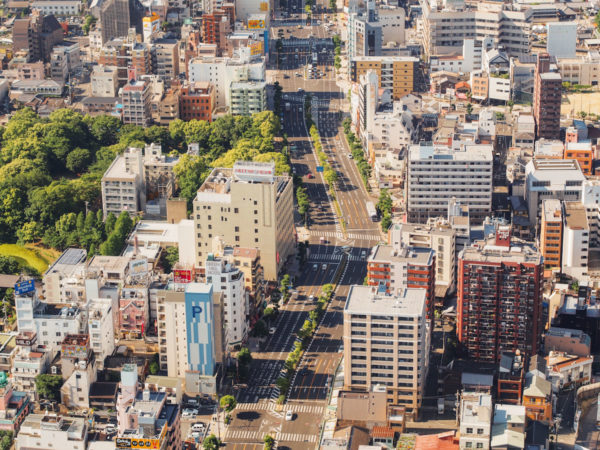
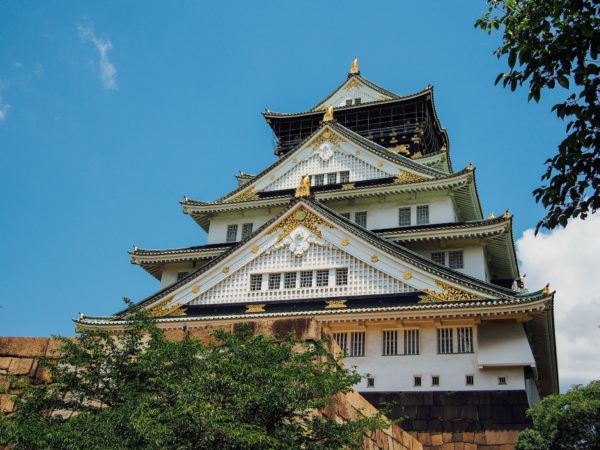
When we visited Osaka Castle, all we did was visit the park area, play with the pigeons, eat takoyaki, go up the castle and play with the pigeons again. There were a lot of pigeons. I know nothing about the castle. So I hit up Wikipedia to learn a little bit. It wasn’t very helpful. Looks like we’ll need a Hardcore History type lesson for more detail. It’s beautiful though and has a good 360 degree view of Osaka.
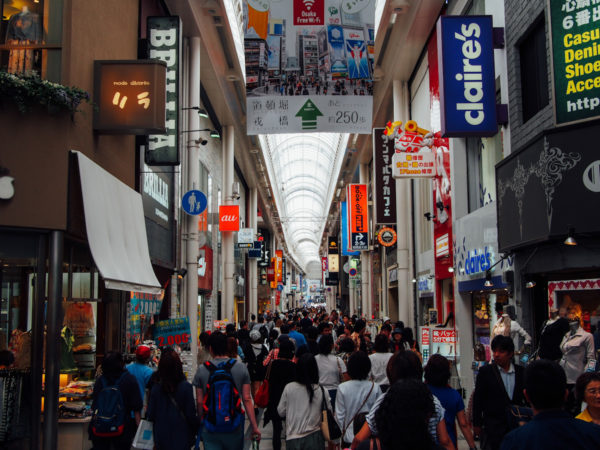
Then we hit Osaka’s famous shopping district called Shinsaibashi. Try saying that in a big loud anime voice. Go ahead. “SHIN-SAI-BASHI!” So fun.
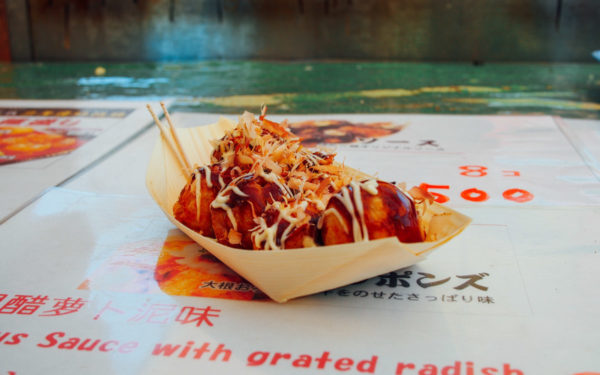
The famous food in Osaka is the Takoyaki, a ball shaped snack usually filled with octopus or tempura scraps, and the Okonomiyaki, usually referred to as the Japanese pancake. Personally, I like the Takoyaki much more than the Okonomiyaki.
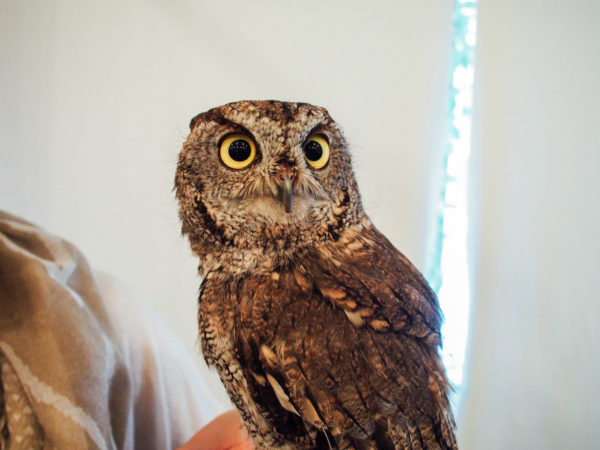
One of the biggest attractions in Osaka is the Owl Family Café. I kid. It’s not the biggest attraction, but it sure made for a fun hour. The Owl Café allowed small groups of people to come in at a time to experience holding an owl. They probably shared all sorts of educational tidbits about owls, but the whole thing was in Japanese so we didn’t understand a word. On the other hand, holding these semi-dangerous incredibly cute creatures was a thrill in itself.
KYOTO
We replaced skyscrapers with bamboo trees for one of the more memorable places in Japan. Arashiyama, Kyoto is known for their sprawling bamboo trees. If you have friends who have gone to this area, you have undoubtedly seen photos of them with these green giants in the background. The village itself was remarkable in its quaintness; small houses, tiny specialty shops and a very clean serene atmosphere.
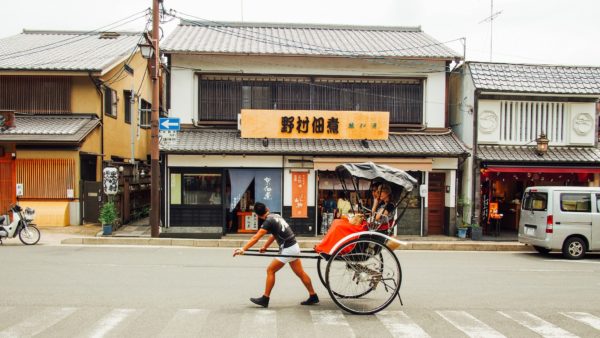

I can see why visitors either gush about Japan or get lost in the differences of the culture. On the surface, it is very impressive. People have a sense of purpose that also happens to make society better as a whole. They’ve found a way to cram millions of people in a tiny space and drive thrive. There probably is poverty in Japan, but you would be hard pressed to find it. The culture is so different that for the curious the visit is worth it on that itself. Many movies have tried to show this and it’s easy to point to Lost in Translation. I’ll give you one even further. Try the movie Gung Ho.
Visit Japan. It’s Looney Tunes.





